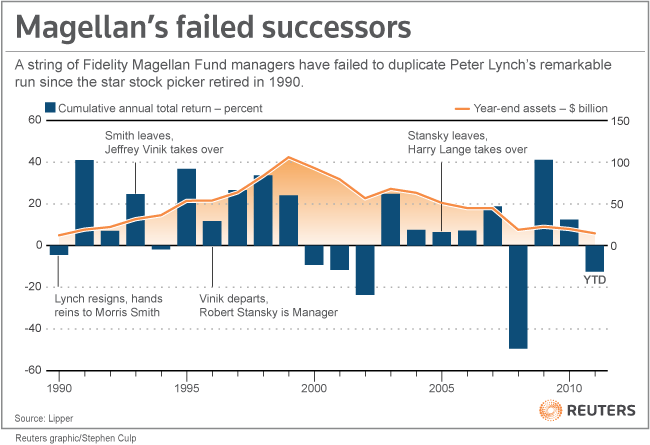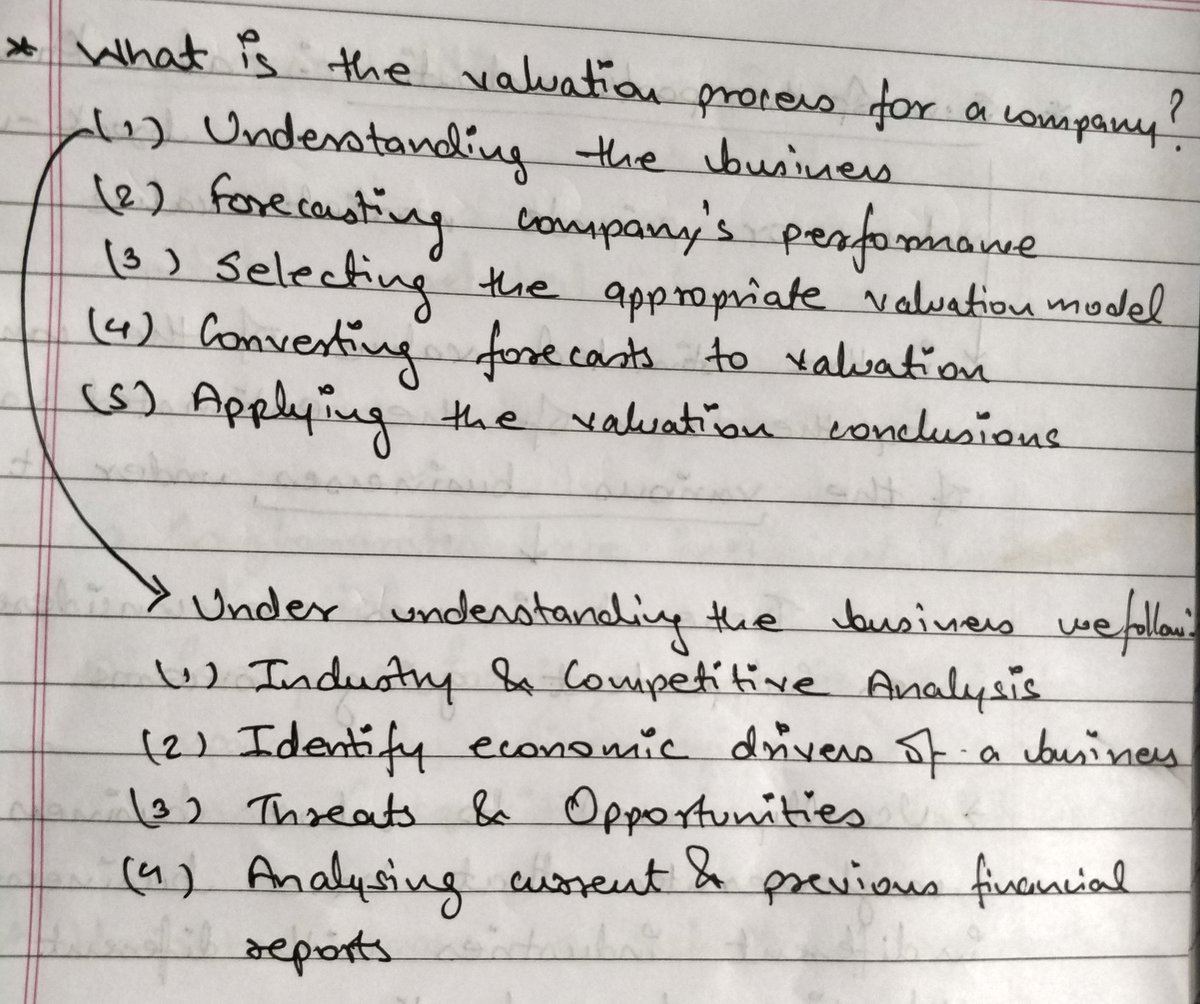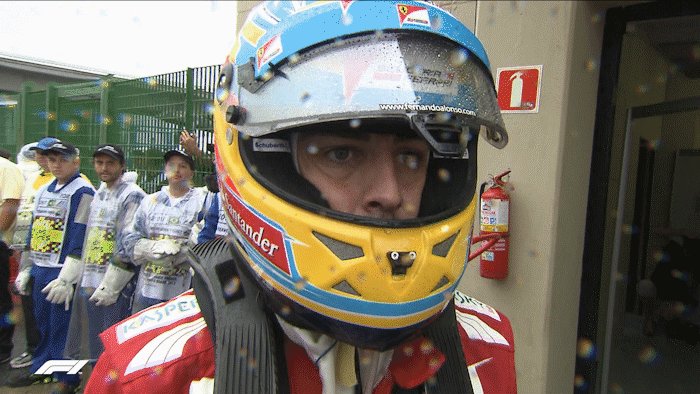The answer is Risk Management.
It's the weekend!
Grab a cup of coffee, in this thread we will explore
1. What is risk management?
2. What is position sizing?
3. How to apply both these concepts to reduce volatility and drawdowns in your portfolio?
Lets dive right in.

The answer is Risk Management.
How Rich You Are
How Respected You Are
How Educated You Are
Improper risk management will blow up your portfolio and most likely bankrupt you.
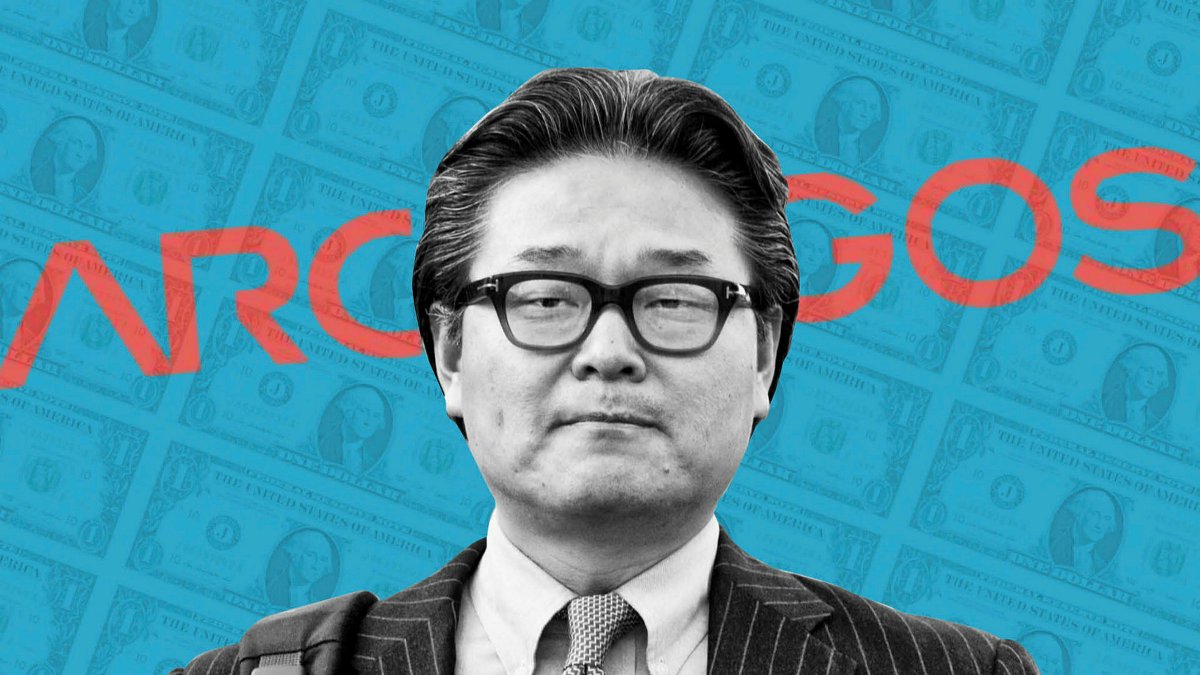
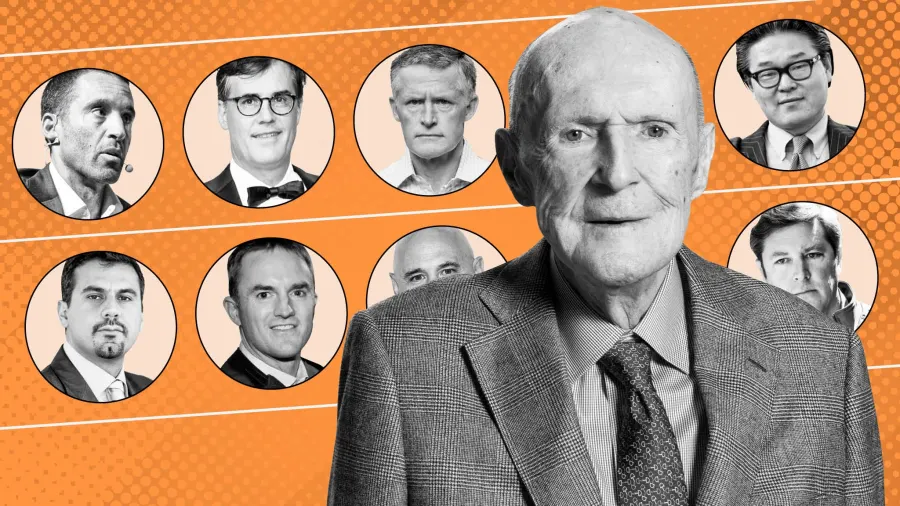

No luxury houses and cars for him.
Viacom CBS announces a stock and convertible bond sale after market closes for that day.
Viacom wanted to raise money and for what so ever reason, market didn't like this new stock and bond sale from Viacom.
Cause, Bill Hwang was levered massively. He used a financial instrument called a total return swap (which is a type of OTC derivative) to leverage all his positions.
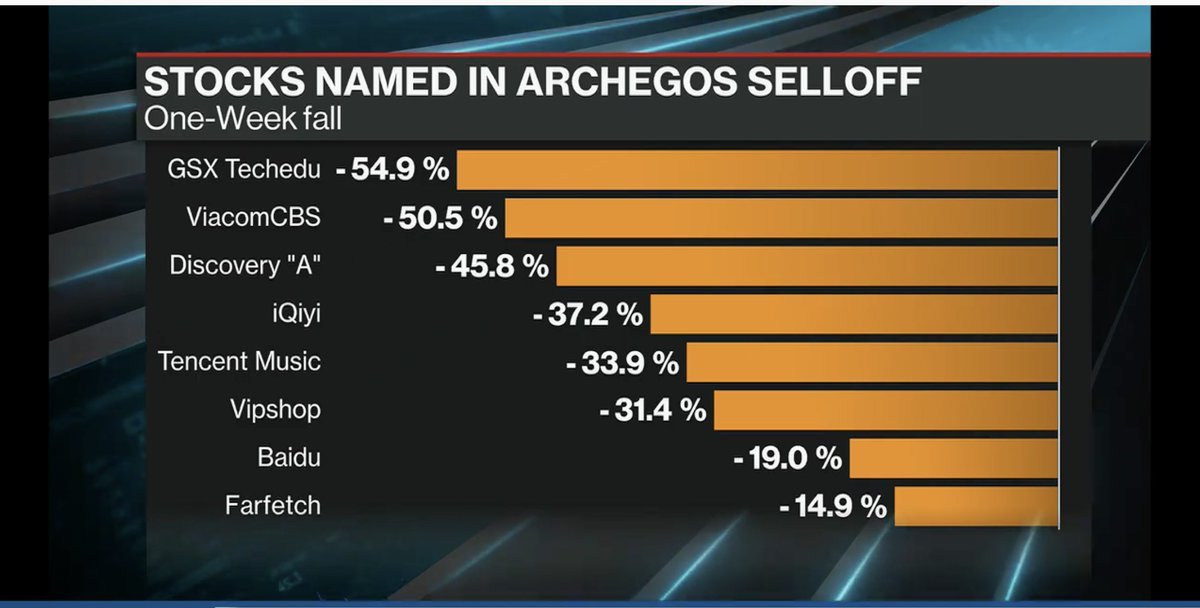
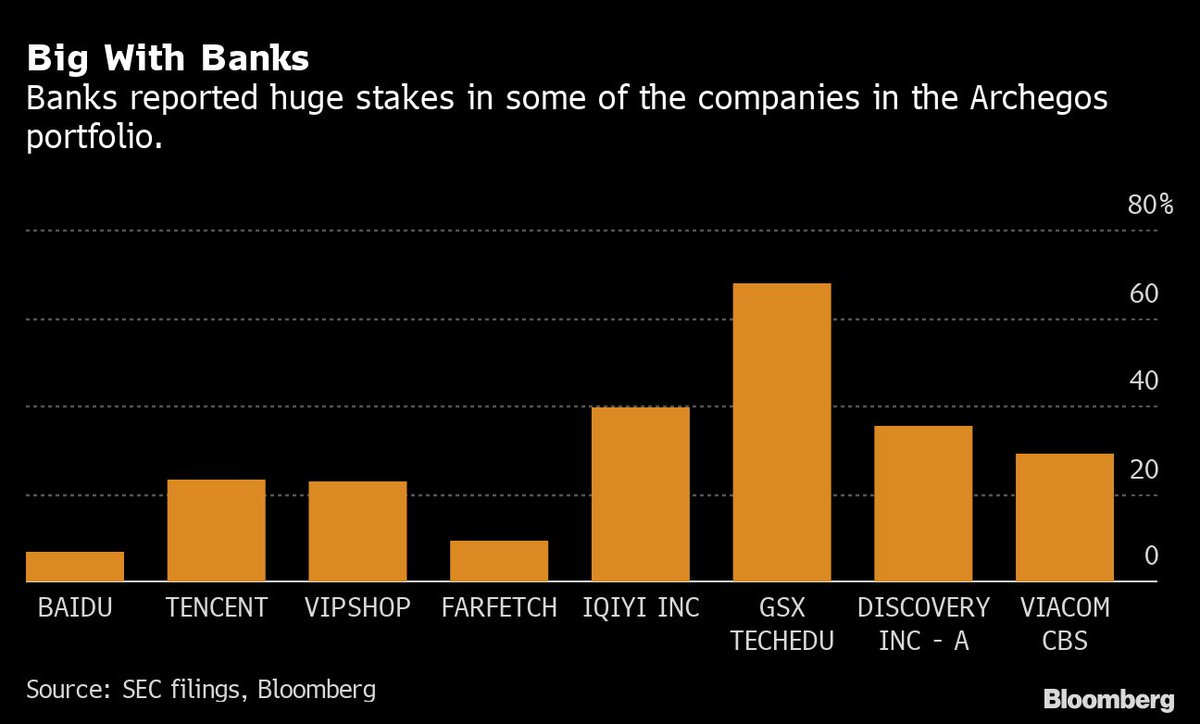
Goldman escaped unscathed by this entire mess while Credit Suisse took one the biggest losses in their entire history.
$20 Billion, his life's earnings, all gone, poof, zero, zlich, nada!
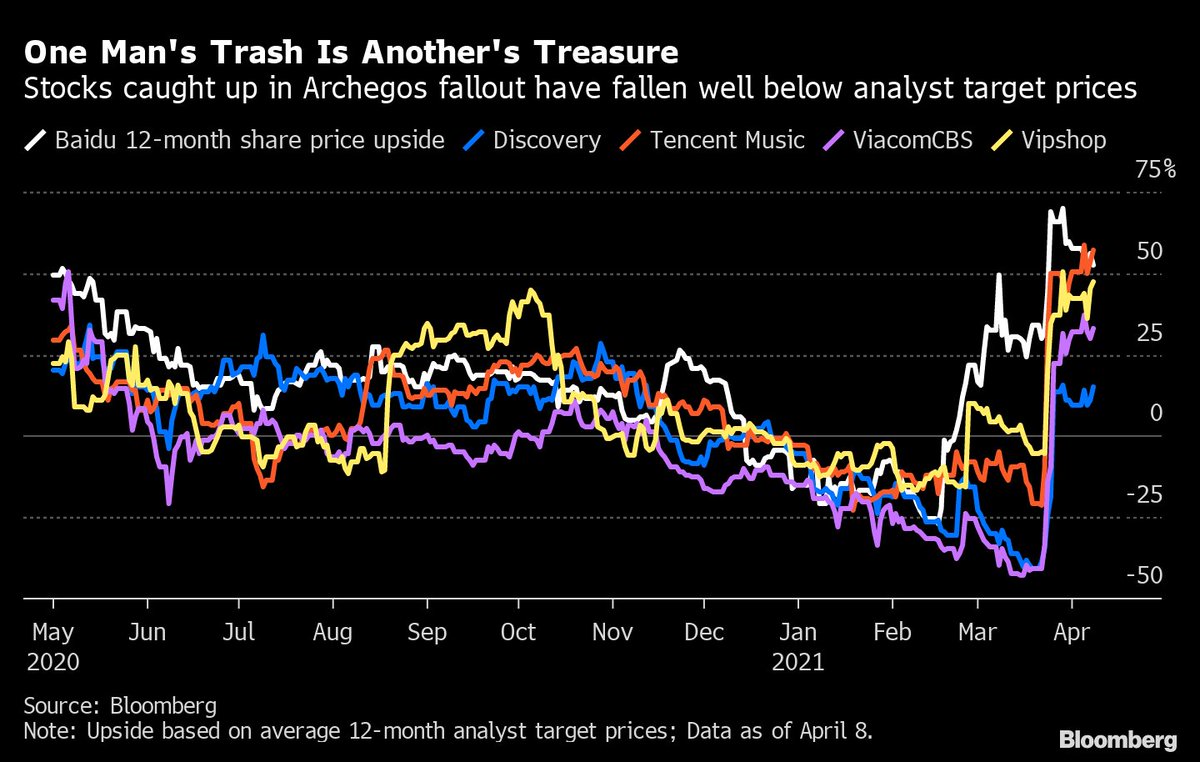
Never take on leverage and never invest with borrowed money
Borrowed money is like the grim reaper that is waiting to kill your portfolio at the first instance
If a prodigy like Bill Hwang wasn't able to survive with leverage, why would you?
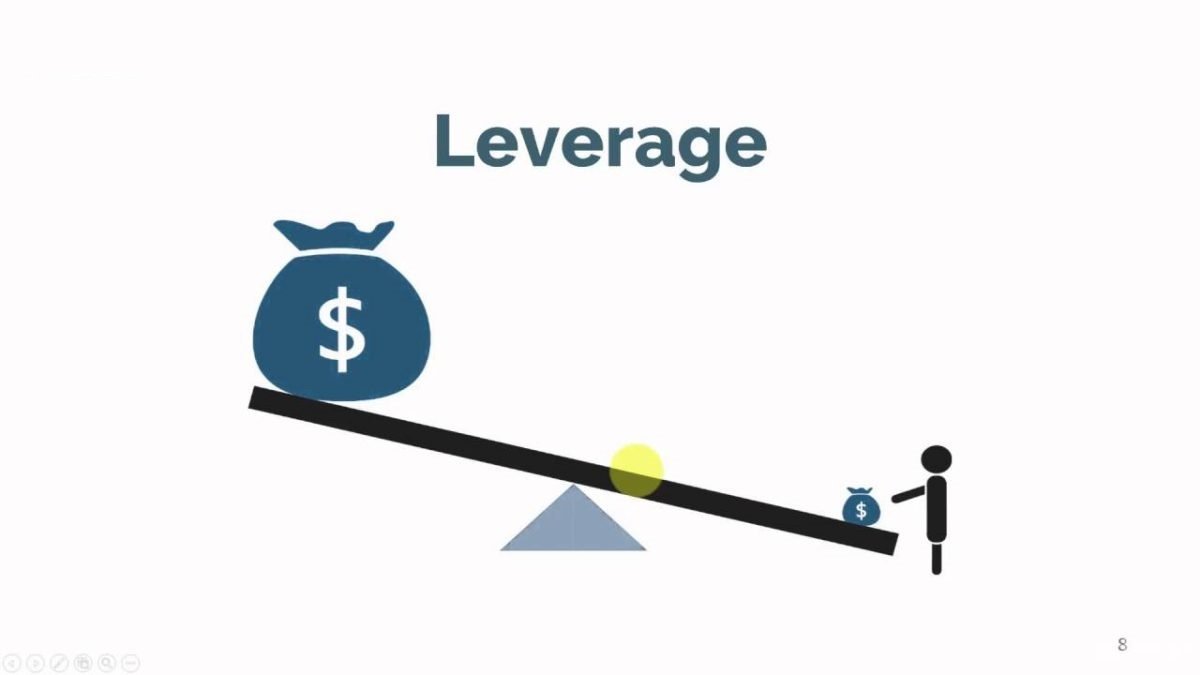
After paying for the call, he would still be left with ~$10 Billion and live to survive another day.
Be willing to take a loss.
No investment is without risk and knowing the risks in an investment will help you minimize losses if things go south.
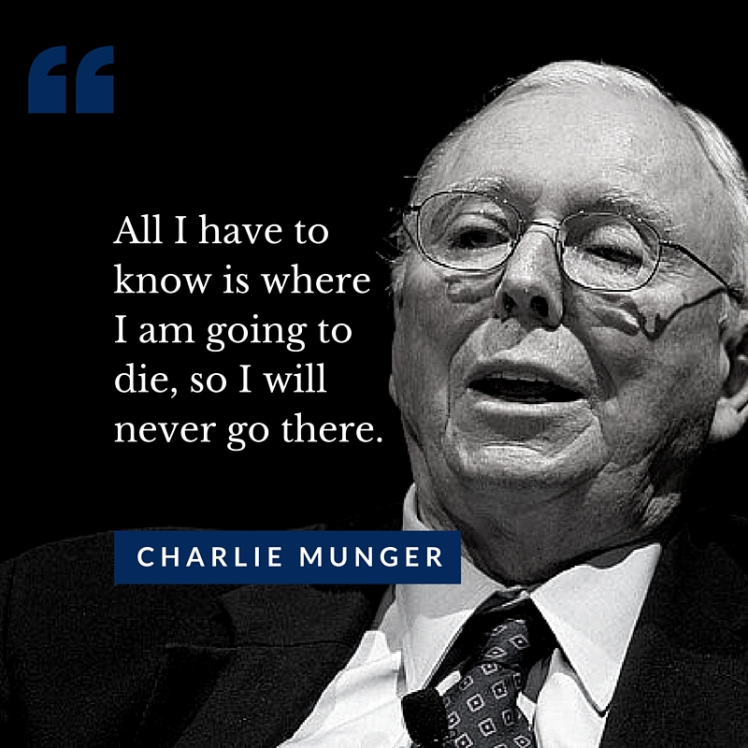
It was founded in 1762 and almost 233 years later in 1995, the Bank would be bought by ING for less than $1.
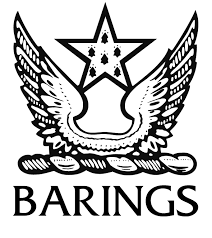
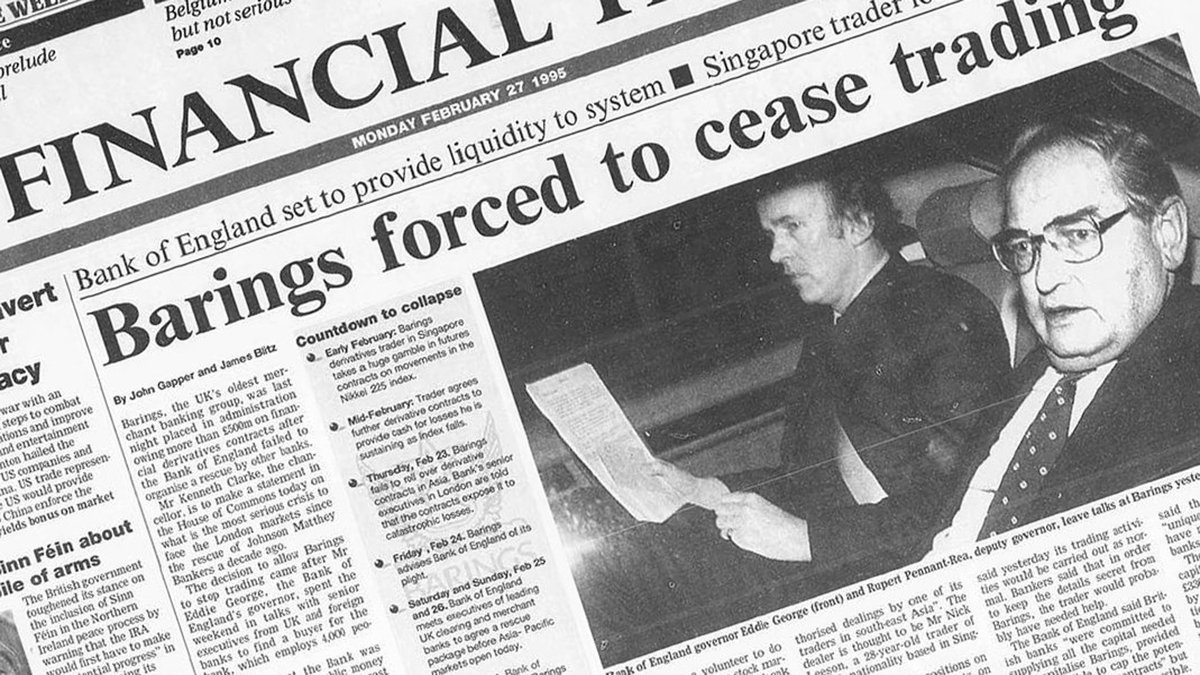
Leeson used to bet if the index would go up or down and if it moved in the direction he was betting he would make money.
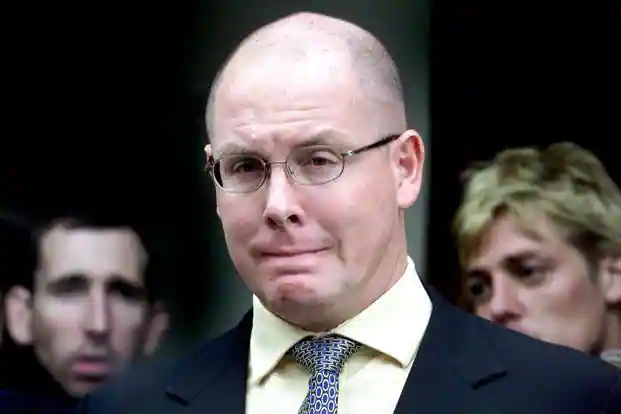
Instead of stopping there Nick tried to recover these losses by hiding them from the Banks books and taking even larger bets in hopes that they would recover all the losses.
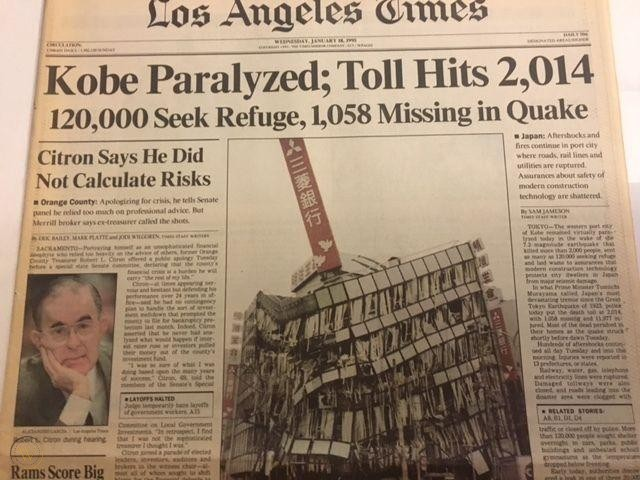
Your task as an investor is to be fully aware of every risk that the investment has.
The probability of some risks maybe higher than others but there is no investment with zero risk.
- They used excessive leverage
- They didn't know how to take a loss
- They threw risk management out the door
- Their positions didn't reflect the proper risk return ratio
The three factors that I consider are
1. Margin of Safety
2. Depth of Research
3. Longevity of Earnings

If my depth of research and longevity of earnings in a position is high then I will start with a small allocation and allocate big if margin of safety increases.
Diversifying into 50 stocks will not eliminate the risk from your portfolio.
Knowing majority of risks of all 10 stocks you own will certainly help you manage it.
You will get your answer on how much to allocate.
I hope this helped you understand what not to do and how to size positions in your portfolio.
@itsTarH
I write a new thread every weekend.
All my previous work, can be found here.
https://t.co/az1Rsw05TO
All my Threads so far \U0001f9f5 \U0001f447\U0001f3fc
— Tar \u26a1 (@itsTarH) June 5, 2021
Sign up using the link below to get free 30 days access to it.
https://t.co/NWZOPx8dvW
https://t.co/r7uNYuqjsn
Subscribe for free, if you're interested.
Thank you to the 2000+ of you who already have!
Here is a recent deep dive I wrote on PolicyBazaar.
https://t.co/w14k2xE0fQ
More from Tar ⚡
Next couple of months are good for bottom fishing
High growth stocks with sky high valuations will finally come down to Earth🌎
My shopping list includes the below
Planet Labs
Rocket Lab
Upstart
Coupang
QS
Roblox
Ginkgo Bioworks
High Risk 🅾️
Two frequent questions
1. What website to use for data?
https://t.co/8A7w6qX4VQ
2. How do
Ans'ing other Qs, don't know all the companies, there are too many to track & I stick with what I know
Don't feel FOMO, entire year high growth names will correct
Hunt for picks within recent SPACs, most are duds, but higher chances you find a
More from Itsthlearnings
It depends on your
- Risk Appetite
- Goals
- Psychology
- Age
- Responsibilities
1/n https://t.co/aJjy4N90J9
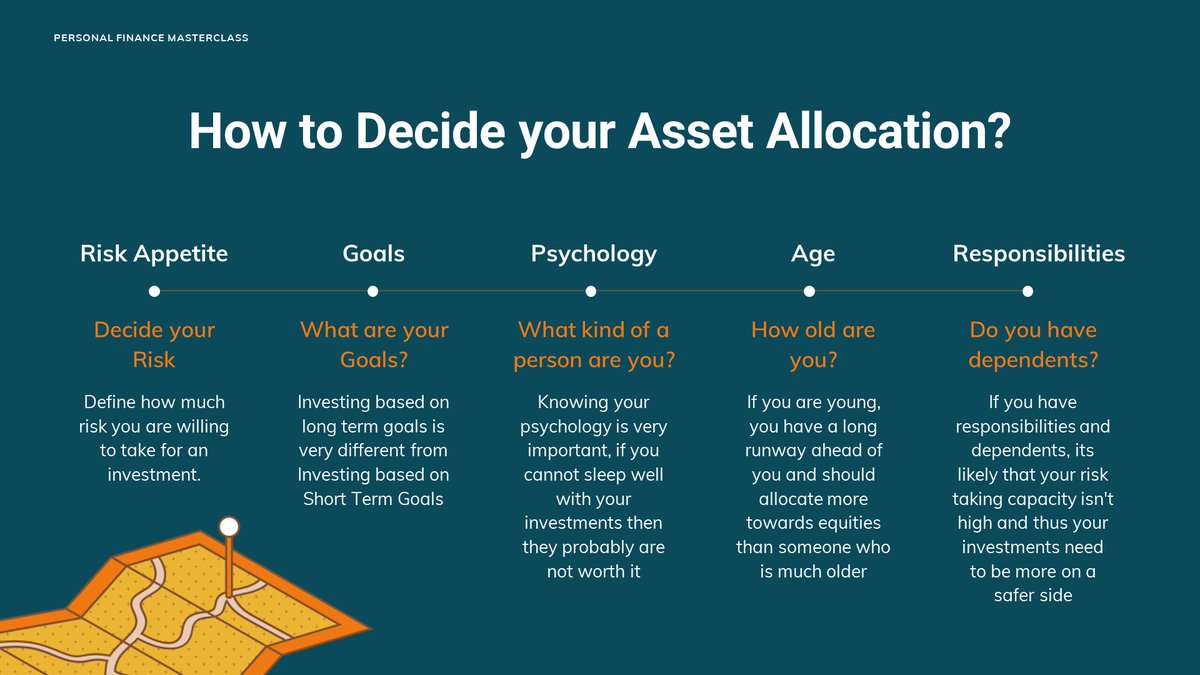
Greatest challenge in the bull market is sound asset allocation which I have been facing alot. Want to buy super fundamentals cos. but can't buy em call. Latter is cos. % allocation in your portfolio.
— Amrit (@HeyAmrit) July 23, 2021
Can you'll shed light@connectgurmeet @Investor_Mohit @itsTarH @AnyBodyCanFly
Someone who is
Young
Right out of College
Doesn't Need Money for Next 10 years
Doesn't Have any Dependents
should be allocated more towards Equities than someone who is
Old
Heading for Retirement
Needs Consistent Income
Has Many Dependents
2/n
Your psychology also has the biggest impact. Are you someone who gets afraid and loses sleep over 5 to 10% drawdowns and wants to book profits as soon as an investment gains in value
or Are you someone who can sit peacefully and do not let the daily movement of market impact you
Also allocate based on Goals.
(Extract taken from my Personal Finance Course, Releasing on SkillShare on Sunday, link to sign up for a Free access below)
https://t.co/IdBvCqO2DH
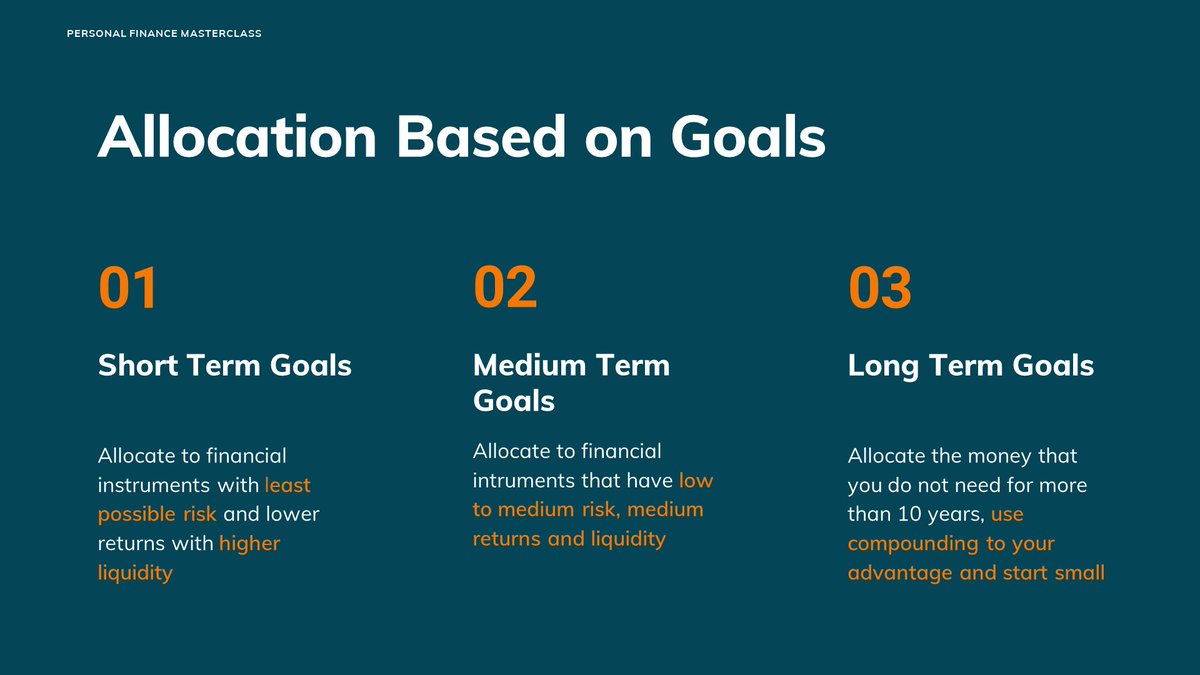
The One with the Cash Flow Explained
It's the weekend!
— Tar \u26a1 (@itsTarH) May 15, 2021
Grab a cup of coffee, in this thread I will explain
1. What a cash flow statement is?
2. What does it tell you about a business?
3. How to analyze one?
Examples included various Indian companies.
Let's dive right in. pic.twitter.com/c8tNP26Z8K
The One with Free Cash Flow Explained
Its the weekend!
— Tar \u26a1 (@itsTarH) May 22, 2021
Grab a cup of coffee, in this thread I will explain
1. What is Capex?\U0001f4b0
2. What is Free Cash Flow? \U0001f4b8
3. What does Cash Flow from Investing and Cash Flow from Financing tells us? \U0001f4a1
Examples includes some famous companies.
Lets dive right in. pic.twitter.com/HDJgUvE8f8
The One with Mutual Funds
Its the weekend!
— Tar \u26a1 (@itsTarH) May 29, 2021
Grab a cup of coffee, in this thread I will explain
1. How to select a Mutual Fund?
2. Common and costly mistakes people make while choosing a Mutual Fund
3. Some tools and tips to help you while selecting a fund
Lets dive right in. pic.twitter.com/teelsojtn9
The One on Laurus Labs
Laurus Labs : A Visual Story
— Tar \u26a1 (@itsTarH) May 30, 2021
I am a Data Science / Machine Learning developer by profession and data along with finance are my two areas of competence.
I realize how powerful combining both of them can be, so here is a visual analysis for Laurus Labs.
You May Also Like
The story doesn\u2019t say you were told not to... it says you did so without approval and they tried to obfuscate what you found. Is that true?
— Sarah Frier (@sarahfrier) November 15, 2018
In the spring and summer of 2016, as reported by the Times, activity we traced to GRU was reported to the FBI. This was the standard model of interaction companies used for nation-state attacks against likely US targeted.
In the Spring of 2017, after a deep dive into the Fake News phenomena, the security team wanted to publish an update that covered what we had learned. At this point, we didn’t have any advertising content or the big IRA cluster, but we did know about the GRU model.
This report when through dozens of edits as different equities were represented. I did not have any meetings with Sheryl on the paper, but I can’t speak to whether she was in the loop with my higher-ups.
In the end, the difficult question of attribution was settled by us pointing to the DNI report instead of saying Russia or GRU directly. In my pre-briefs with members of Congress, I made it clear that we believed this action was GRU.








